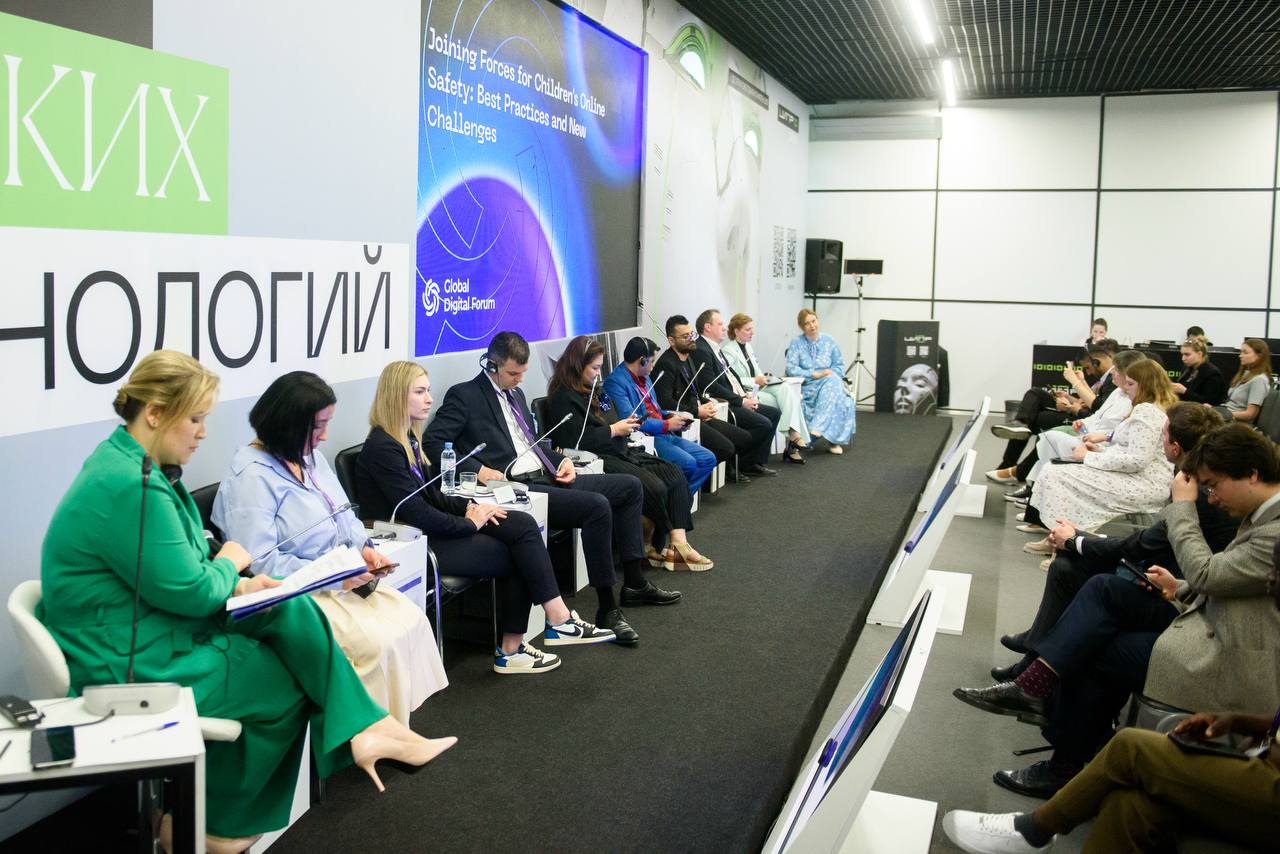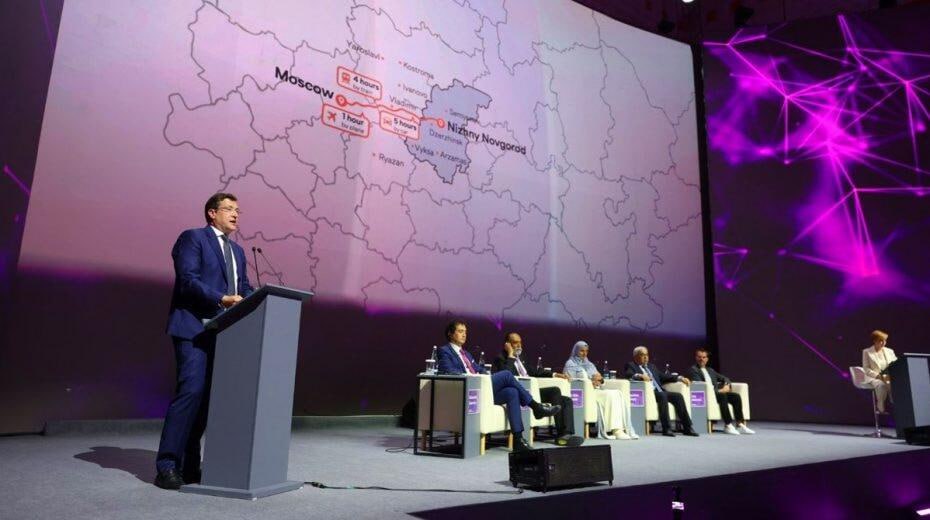As part of the Global Digital Forum, a session titled “Joining Forces for Children’s Online Safety: Best Practices and New Challenges” brought together representatives from government, international organizations, IT companies, and the education sector. The discussion featured experts from Serbia, the Philippines, Nepal and Iraq, who shared their experiences in digital awareness, threat detection, and the protection of children’s digital rights.
Key topics included the evolution of digital risks — from traditional threats such as cyberbullying, fraud, and data breaches to new and more complex challenges like deepfakes, algorithmic manipulation, and the recruitment of teens into destructive online communities through anonymous platforms. While digital environments vary from country to country, participants agreed that the core challenges remain universal.
One area of particular concern was the recruitment of adolescents into extremist and criminal groups, often disguised as movements for “truth” or “self-expression.” Experts highlighted a sharp increase in such cases and emphasized the importance of not only blocking harmful content, but also implementing comprehensive preventive measures.
«Many online phenomena spread in a chain across countries. We are currently witnessing a significant increase in teenagers becoming involved in destructive activities. Offenders engage in blackmail, manipulation, extortion, and coercion into illegal actions. A response to such developments cannot be limited to a single country. We need a comprehensive, coordinated approach at the international level.
It is crucial that all actors operating in the online space — content creators, telecom operators, messaging platforms, and social networks that moderate content — demonstrate social responsibility and work together to agree on joint efforts to protect children», said Tatyana Matveeva, Head of the Presidential Directorate for the Development of Information and Communication Technology and Communication Infrastructure of the Russian Federation.
Communication Technologies and Communications Infrastructure.
Elizaveta Belyakova, Chair of the Alliance for the Protection of Children in the Digital Environment, shared the Alliance’s experience, which drew strong interest from international participants. She called for collaboration among all those who share the Alliance’s values and are committed to ensuring a safe digital childhood for future generations.
“Threats and risks to children are largely similar across different countries. Increasingly, these risks are shifting from the technological to the psychological domain — including sexual manipulation, blackmail, and recruitment.
I hope we can share experiences and create new, meaningful solutions together. In Russia, we’ve achieved an impressive synergy between civil society organizations, business, and the government — we see the problems and are working collectively to solve them.
At the same time, the family plays a central role. It's critical to reach parents first,”
noted Elizaveta Belyakova.
She also spoke about the development of Russia’s first tool for the systematic assessment of risks and coordination of efforts in child protection online — the Childhood Digital Safety Index.
“Today, digital safety is no longer just about filters and control — it's about collaboration. The Index will serve as a foundation for uniting the government, business, and civil society into a single ecosystem for child protection,”
Belyakova explained.
The Index is being developed in partnership with MINDSMITH and is based on a large-scale mapping of over 500 initiatives and 200 organizations across four sectors: government, business, academia, and civil society. The analysis revealed that despite widespread activity, many efforts remain fragmented. The new approach aims to eliminate duplication and strengthen synergy.
Practical solutions proposed by session participants included:
Establishing a sustainable system for monitoring and early threat detection;
Creating educational content in formats that genuinely engage children (e.g., games, videos, influencers);
Implementing new IT tools, from smart filters to anonymous help buttons;
Enhancing digital literacy among adults, especially parents and educators.
The session concluded with an open discussion, where all speakers agreed on one key point: Only through collaboration can we ensure not just protection, but also meaningful and safe digital experiences for children worldwide.




